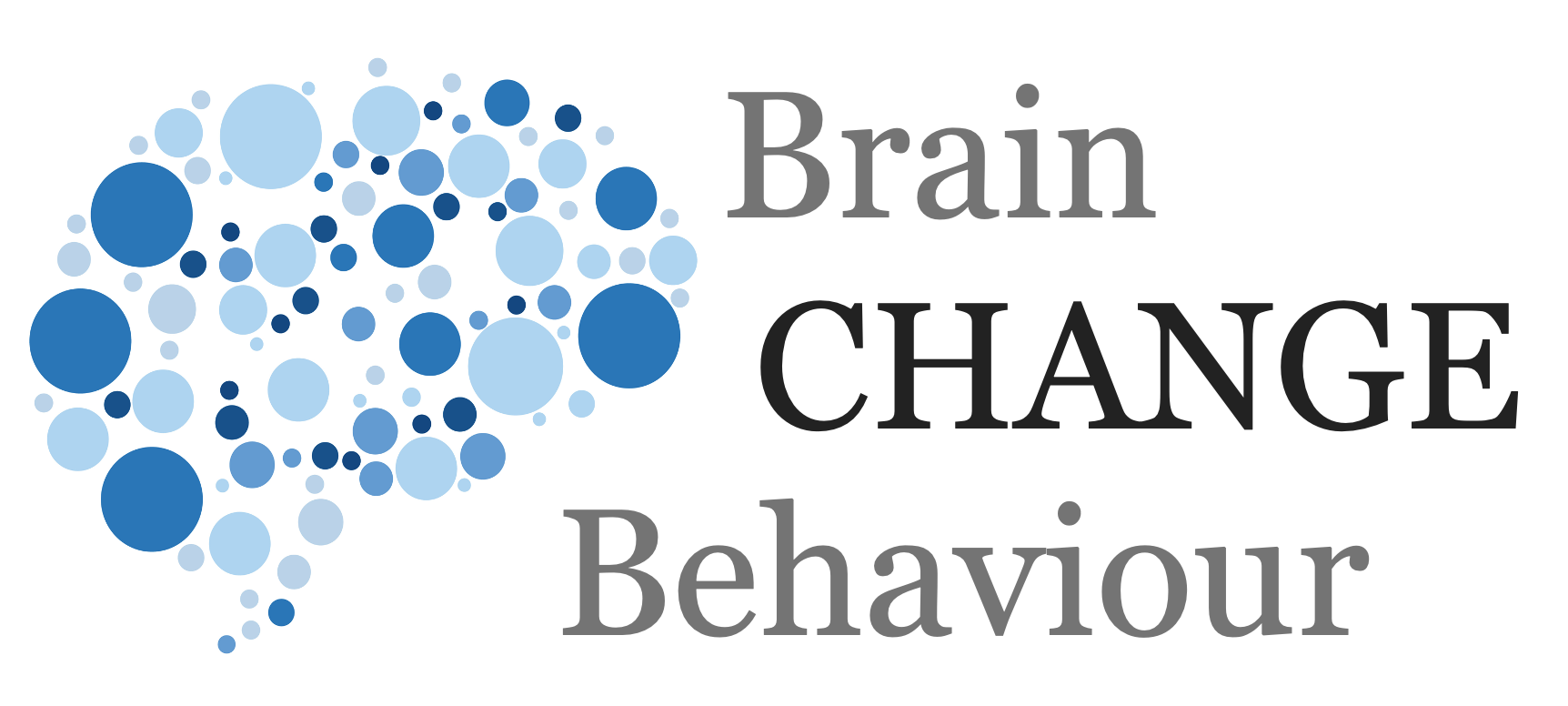Article
SCOAP Framework
See also: SCOAP Introduction SCOAP Needs SCOAP Motivation SCOAP Behaviour SCOAP Change

M uch has been written about motivation and there are many (false) assumptions to motivation also. So let’s start with a simple definition of motivation. We say that motivation is:
An aroused state of goal pursuit.
This may sound slightly academic. Aroused means energised or emotionally activated (we focus on some of the biology in level 3 articles). Emotions are the biological drivers to action, they activate and energise the system and direct our brain towards a goal. These goals can vary from small goals that come by during a day, to larger goals that go over multiple days, to longer-term goals, to life-time goals.
| Life Feature | Big | Moderate | Small | Micro | |
| Time scale | Long-term | Long-term | Mid-term | Short-term | V. Short-term |
| Business | Promotion to dream role | Promotion / get the job | Successful project completion | Run a good meeting | Be complimented on your work |
| Sports | Win Major Title / Global Title | Win Title | Win a Match | Have good training session | Complete an exercise well |
| Family | Get married / have a baby | Child starts school | Have a great holiday | Have a special family meal | Receive a compliment |
These goals are defined by SCOAP needs but often include multiple needs – indeed the most powerful drives do target multiple needs, this is why they are so powerful. Differences in personality and how these needs manifest in individuals (there is individual variation) will give variations in motivation for specific goals.
Achieve vs. Protect
However, when we talk of goal pursuit we always think of achieving things and forward momentum towards a goal. This leaves out one of the most important biological drives in all organsims and in human beings namely that of protection or avoidance. This is often ignored in many motivational theories despite there being a large body of research in many fields (in psychology it is known as approach/avoidance).
Because of its obvious importance we include this in the SCOAP model. This means we are driven to fulfil our needs but also to protect them.
-
- We will aim to improve our self-esteem but will also avoid damage or protect our self-esteem
- We will aim to gain control but also protect our control or freedom
- We will aim to build knowledge and collect information but avoid missing out on knowledge and information
- We will aim to have positive relationships but protect our relationships and losing them
- We will aim to have positive experiences and avoid painful or negative experiences
These patterns are natural patterns and we all have them to a degree. However we may have different personalities: those that are more achievement focused and those that are more avoidance focused. Those who are more achievement focused will see the upside, the positives. Those who are more avoidance motivated will see the negatives, the downsides, they are fear focused.
This means that in change contexts we may need to ensure that we communicate well and take into account both sides. Communicate the positives but ensure the downsides will be minimised.
Though we may feel that being achievement focused is “better” we tend to see natural population distributions. Our research has shown that high-performers often have strong achievement and strong avoidance drives! Both are motivational drives and so can increase motivation. Think of a sports person who loves winning (achievement) but hates losing (avoidance).
Our internal data shows that:
-
- High performers tend to have both high achievement and high protection drives
- High performers tend to have high drives across all needs
- Low performers tend to have lower achievement and protection drives
- Startup founders tend to have very high achievement drive and low protection drives
- Compared to corporate leaders who have much higher protect drives
Intrinsic vs Extrinsic
A topic in motivational literature and in the general population is that of extrinsic motivation vs instrinsic motivation. Extreinsic motivation is driven by external rewards, often money, or alternatively punishment. Intrinsic motivation is driven by internal desires. Indeed some big theories of motivation such as Self-Detemination Theory focus explicitly on intrinsic motivation.
However, this is sometimes a problematic distinction because all behaviour happens in a context and therefore has an external impact and feedback. thereby making all motivation, to a degree, extrinsic.
By intrinsic we often mean natural drives which are precisely what SCOAP describes. A better way to think of it is of goals being self-determined, or that an individual can relate to them, that they are aligned with personal values and goals, and they can be internalised, and “owned”. If they resonate with an indivdual’s SCOAP needs they will be so.
Summary
Motivation is an energised state to achieve goals. These goals will in some way shape or form be related to SCOAP needs. Goals will also vary in size from small daily goals to life-time ambitions.
We have two forms of motivation one to achieve goals, the other to protect or avoid damage to needs. We need to consider both sides.
Being able to internalise goals is important.
See also: SCOAP Introduction SCOAP Needs SCOAP Motivation SCOAP Behaviour SCOAP Change
Simple Takeaways
- Target achievement and protection aspects in communication
- When planning consider protect types also
- Protect types don’t respond well to positive messaging
© leading brains 2022
References
Habermacher, A., Ghadiri, A., and Peters, T. (2020). Describing the elephant: a foundational model of human needs, motivation, behaviour, and wellbeing. doi:10.31234/osf.io/dkbqa.
Ghadiri, A., Habermacher, A., and Peters, T. (2012). Neuroleadership – A Journey Through The Brain for Business Leaders. Berlin: Springer.
Elliot, A. J., and Covington, M. V. (2001). Approach and Avoidance Motivation. Educ. Psychol. Rev. 13, 73–92.
Habermacher, A., Ghadiri, A., and Peters, T. (2015). When Protection Inhibits Achievement: and the surprising truth of protection and achievement motivational patterns. in 5th International Coaching Psychology Congress (London, United Kingdom).
Habermacher, A., Ghadiri, A., and Peters, T. (2014). The Neuroscience of Motivation: how basic human needs and motivation direct coaching interventions. in SGCP 4th International Congress of Coaching Psychology (London, United Kingdom), Oral Presentation.
Vansteenkiste, M., Lens, W., and Deci, E. L. (2006). Intrinsic Versus Extrinsic Goal Contents in Self-Determination Theory: Another Look at the Quality of Academic Motivation. Educ. Psychol. 41, 19–31.
Vallerand, R. J. (2000). Deci and Ryan’s Self-Determination theory: A View From the Hierarchical Model of Intrinsic and Extrinsic Motivation. Psychol. Inq. 11, p312, 7p.
Gagné, M., and Deci, E. L. (2005). Self-determination theory and work motivation. J. Organ. Behav. 26, 331–362.
Motivation and Self-Regulation across the Life Span (1998). Cambridge University Press doi:10.1017/cbo9780511527869.
Lee, W., and Reeve, J. (2017). Identifying the neural substrates of intrinsic motivation during task performance. Cogn. Affect. Behav. Neurosci. 17. doi:10.3758/s13415-017-0524-x.
More Articles
The Nine Interventions
There have been multiple models of behaviour and behavioural change proposed over the years. These have taken different viewpoints of behaviour.
Don’t Try to Change Minds – Change Behaviour
Don’t try to change minds but simply change behaviour is the result a group of researchers have come to with regard to vaccinations.
Introduction to SCOAP
SCOAP is a complete model of human motivation, behaviour, and wellbeing, summarising over a century of research into the human brain, human psychology, and human behaviour in all contexts.
SCOAP Needs
These are basic human needs which means fulfilling them is essential for human wellbeing and therefore also that having them unfulfilled or violated lowers human wellbeing. These also direct human motivation and subsequently human behaviours.
SCOAP Behaviour
Behaviour is about doing things, actions. That is obvious, but there are many grey zones to behaviour. For example do we class breathing as behaviour, or heartbeat, or sweating?
SCOAP Change
As you will have seen with SCOAP, this gives a comprehensive model of human needs, motivation, and behaviour. We can therefore use this to guide behavioural change interventions.
The Undermining Effect
Rewards sound like a good way to instigate behaviour you want. In our world we often think of financial rewards. Good idea, right?
Well, no, rewards can actually lower motivation.
The Value-Action Gap
The value-action gap has multiple other names: attitude-behavior gap, intention-behavior gap, KAP-gap (knowledge-attitudes-practice gap) or belief-behavior gap.
It refers to the gap between what people often say they value and their subsequent actions or willingness to meaningfully contribute to this value.
Limits to Scalability – Voltage Drops
Voltage Drop is a useful term and analogy to the problems of scaling ideas or change in any environment. Voltage drop refers to how electrical current can decrease across distance it travels.
The Equilibrium Effect
Things in life tend towards certain balances. This is particularly true in large systems and this is why change can happen in small contexts and be very effective or successful but in large systems different rules apply.










